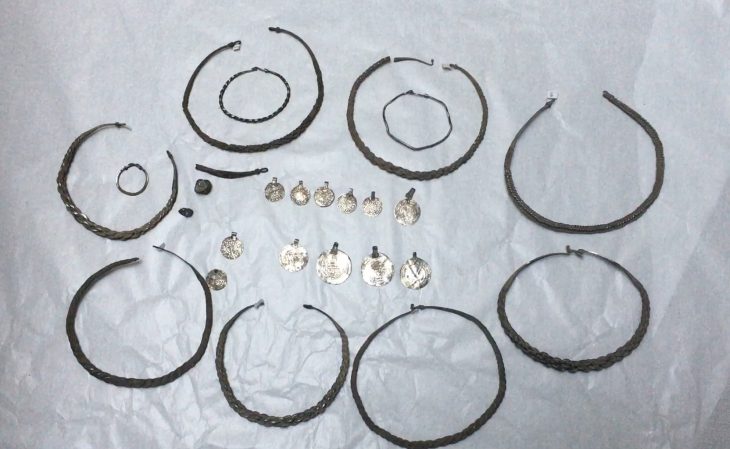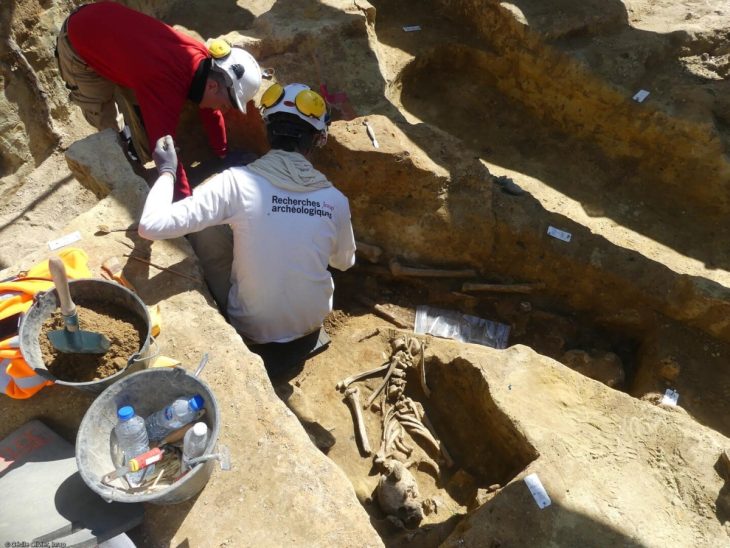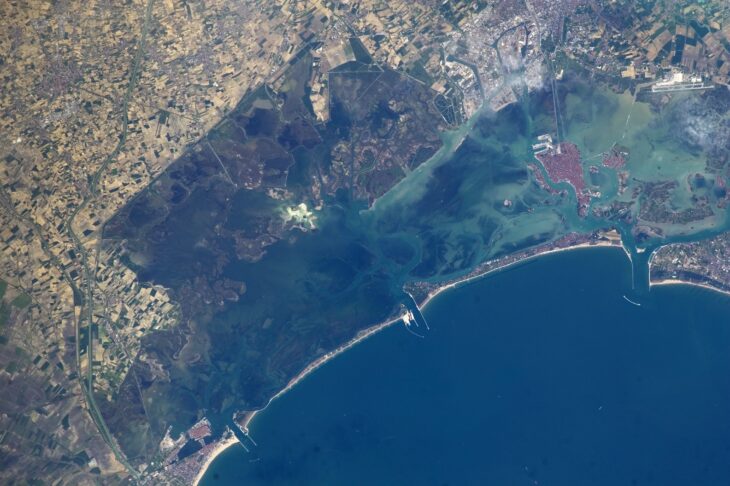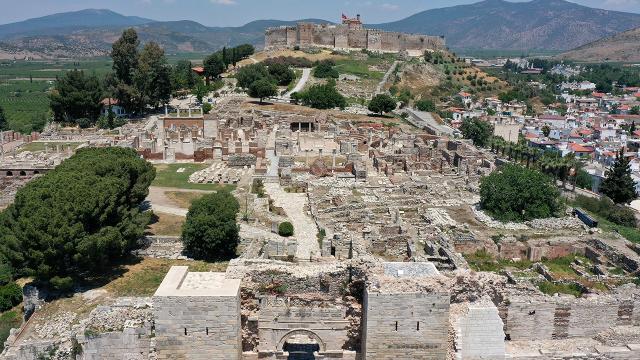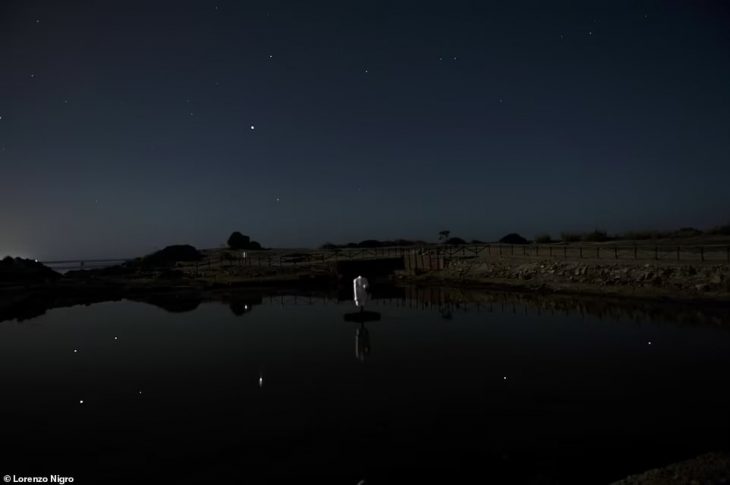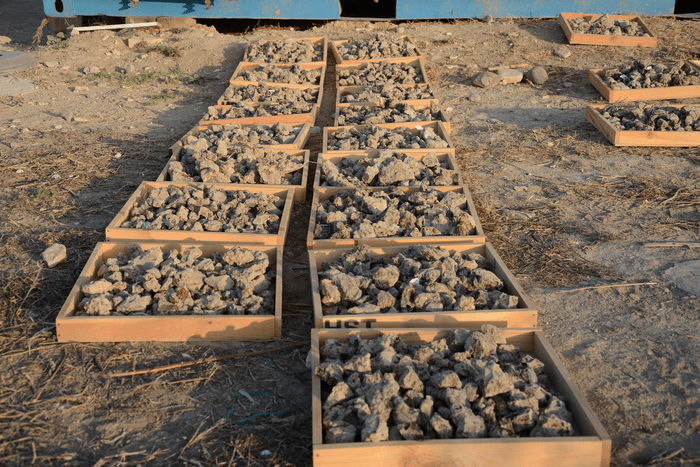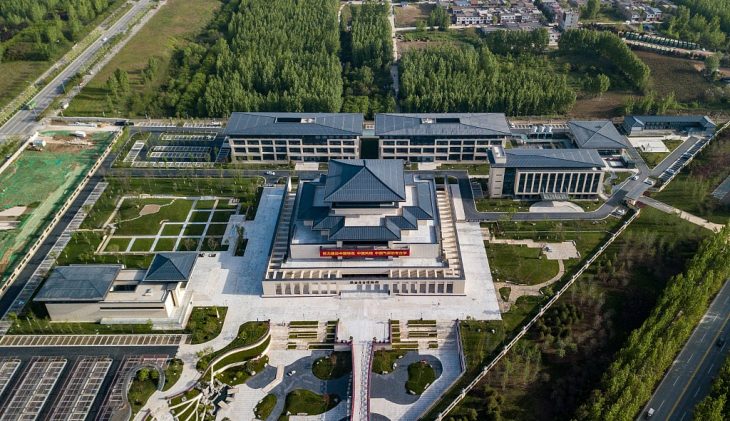An extensive exploration of the wreck of the royal flagship Gribshunden has unearthed a trove of new findings: new insights into combat platforms of warships and a unique weapon chest from the Late Middle Ages.
The research was carried out in collaboration with underwater archaeologists from Södertörn University and CEMAS/Institute of Archeology and Ancient Culture at Stockholm University.
The Gribshunden (also known as Griffin or Griffin-Hound) was the flagship of King John I of Denmark (1481–1513), ruler of the Kalmar Union. In 1495, the Danish warship Gribshunden sank off the coast of Sweden. The wreck was discovered in the 1970s by recreational divers but not disclosed to researchers until the year 2000.
The most recent fieldwork on the wreck occurred in May of last year. The research team, led by Professor Johan Rönnby of Södertörn University and PhD candidate Rolf Warming of Stockholm University, used underwater cameras and photogrammetric 3D technology to inspect and document additional parts of the ship’s remains.
Highlights of the research include the discovery of a wooden war chest, analysis of mail armor, and a better understanding of the ship’s superstructure.

The exploration of a chest was one of the most significant discoveries made during the most recent dive. They identified the contents of the ‘weapon tool chest’ after taking high-resolution photos of it. It is a zeuglade, an ammunition storage and production toolbox that we know from illustrations around that time often accompanied armies on battlefields.
The researchers write: “The contents of the chest are heavily corroded but appear to consist of several different objects located within a larger crust of corroded iron. In the crust, there are several sharp flint pieces, which may be interpreted as part of canister shot ammunition… In the northern half of the remains, it is possible to distinguish two elongated pieces of lead plate with some holes along the edge (presumably for easier handling during the casting process) and at least three stone molds for lead bullets of different calibers. The molds were intended for the production of bullets for handheld firearms, such as a handgonne, but also for larger caliber firearms, possibly arquebuses or smaller breech-loaded guns.”
The chest and its contents probably belonged to the German mercenaries who were onboard when the Gribshunden sank. It is unquestionably an important artifact of medieval military technology.
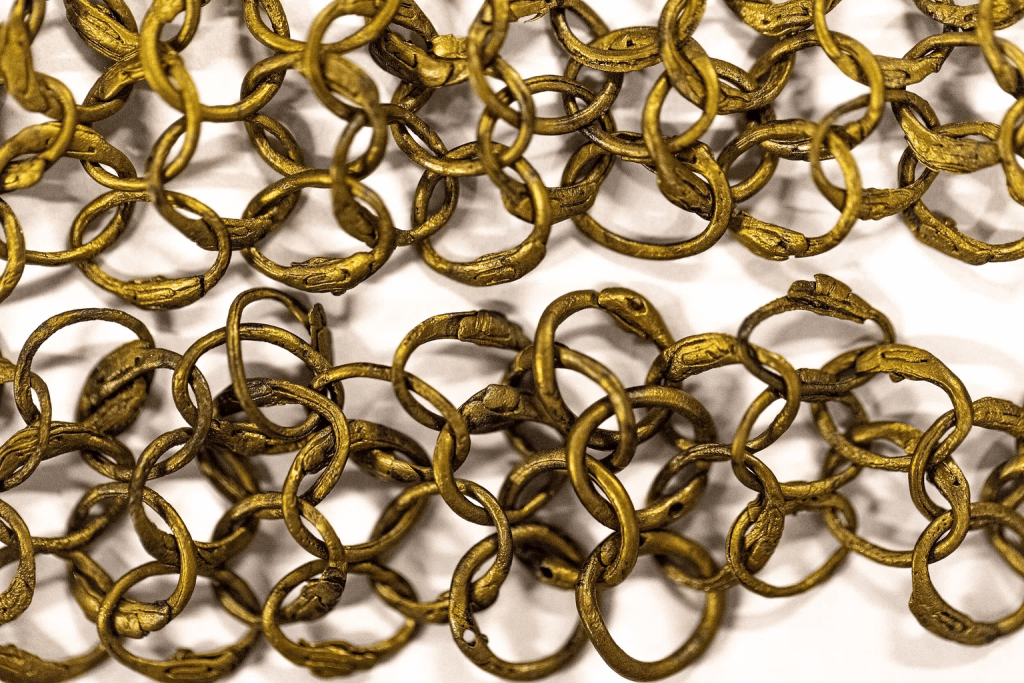
The researchers have identified a significant portion of the ship’s superstructure, which has been preserved despite the timbers being split and dispersed across the seabed, by mapping the timbers at the wreck site. These timbers can give researchers important insights into how the superstructure looked and thus the warship’s military capabilities.
In addition to the diving work, a study was also carried out involving previously recovered fragments from mailshirts. In collaboration with Professor Kerstin Lidén of Stockholm University’s Archaeological Research Laboratory, the researchers found that the ring weave had multiple threads and construction methods, suggesting that it had been repaired multiple times. Hauberks, or mail shirts, like these might have held up to 150,000 rings, judging by the size of the preserved rings.
An early firearm and a drinking tankard were found during prior dives conducted under Prof. Johan Rönnby’s direction, and research suggests that the ship was most likely built in the southern Netherlands.
Cover Photo: Florian Huber


